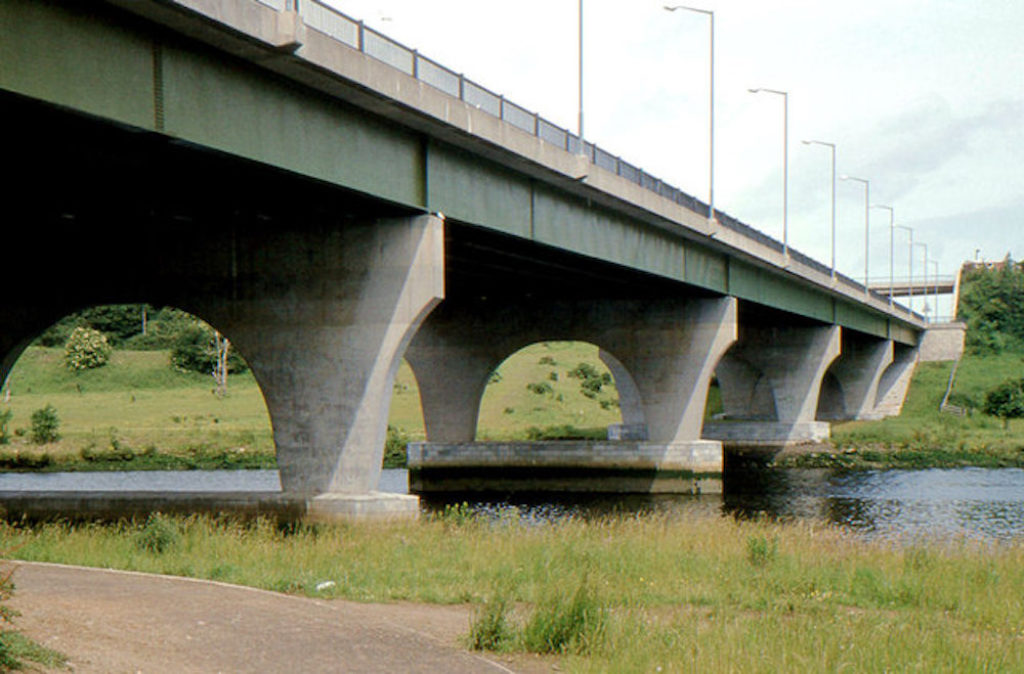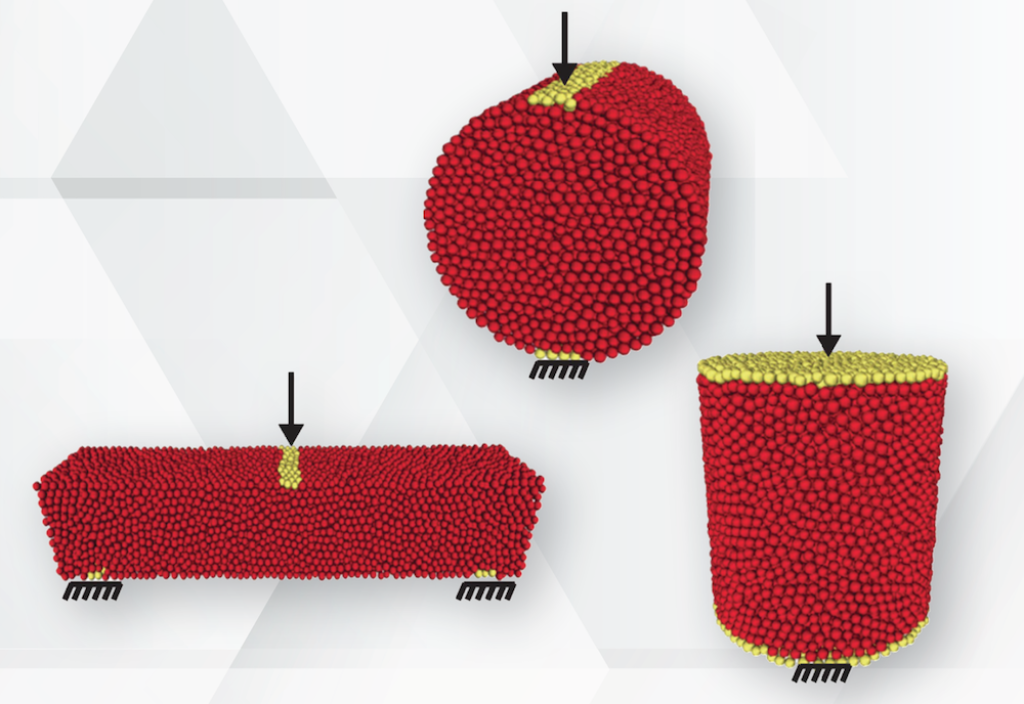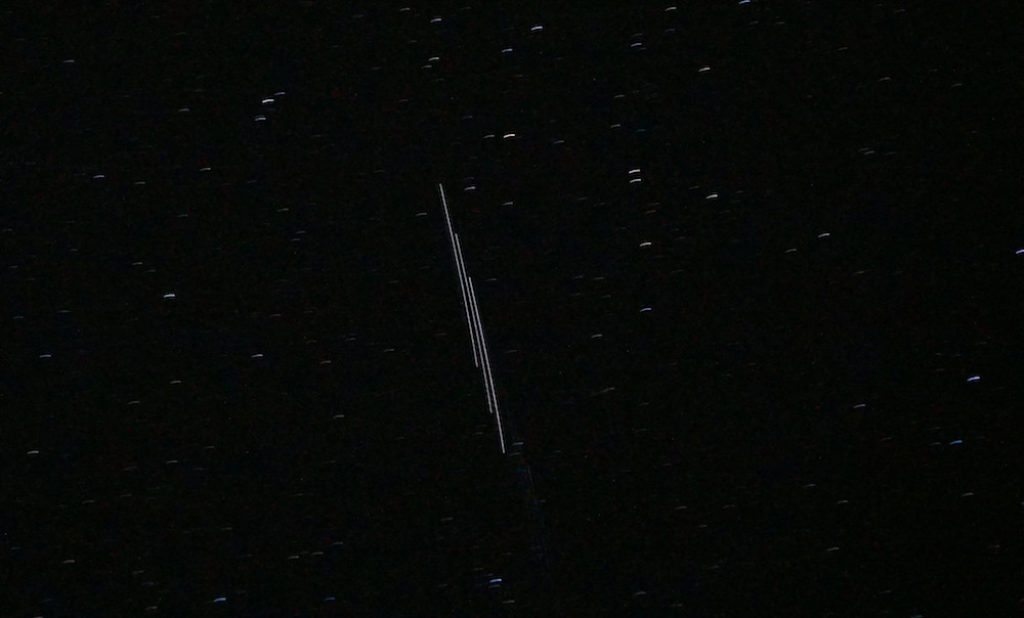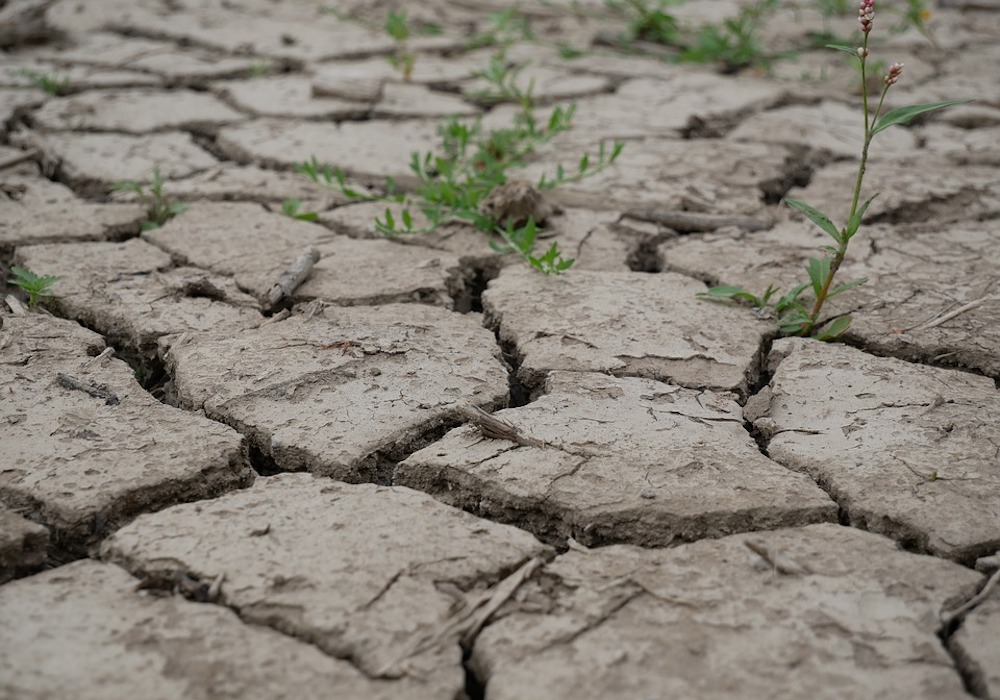As people around the world transition to working at home, they face new challenges to focusing—including the sounds of young children stuck home with no school. Two theoretical physicists identified a ceramic-plastic material that can potentially block such high-pitched sounds.
Read MoreExisting creep damage models for concrete assume compressive and tensile creep are identical, but recent experimental evidence suggests otherwise. Researchers from the United Kingdom and China propose a modified model that accounts for drying-induced damages and load eccentricity to more accurately model creep.
Read MoreThe March 2020 issue of the ACerS Bulletin—featuring discrete element modeling of refractory materials—is now available online. Plus—new ACerS Division and ACerS-ECerS MOU
Read MorePrevious attempts to increase transparency of ferroelectric crystals have decreased piezoelectricity. An international team of scientists led by The Pennsylvania State University and Xi’an Jiaotong University now shows that selective engineering of domain walls can improve both properties.
Read MoreWith just under 200 of 12,000 satellites launched, SpaceX’s planned Starlink constellation is already causing major complications for astronomers. Global internet coverage could theoretically be achieved with only four satellites, and a new paper proposes a way to make such a constellation economically feasible.
Read MoreWeibull distribution is widely used in reliability engineering to mathematically describe time-to-failure of materials. A recent paper shows this distribution describes another type of “failure” remarkably well—time-to-violent-death of Roman emperors.
Read MoreResearchers have struggled to create an accurate phase diagram of carbon for over 100 years. Now, two researchers from Russia explored melting of graphite and graphene and confirmed some previous hypotheses—and revealed graphene “melting” is in fact sublimation.
Read MoreTokamaks, a leading candidate for practical fusion reactors, are moving from using carbon to using tungsten to protect a tokamak’s walls—but plasma instabilities can erode tungsten. Scientists look to understand the physical mechanisms driving this erosion.
Read MoreDespite its ubiquity, the influence of grain shrinkage on cracking remains largely unexplored. Researchers from Princeton University investigated the phenomenon, and the results of their studies are described in two papers published this year.
Read MoreBoth glass and ceramics can be quite brittle. Two recent studies look at increasing the ductility of each—one through the consolidation of glassy nanoparticles, and the other through flash sintering.
Read More









